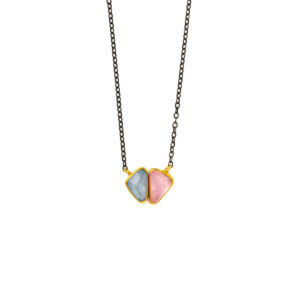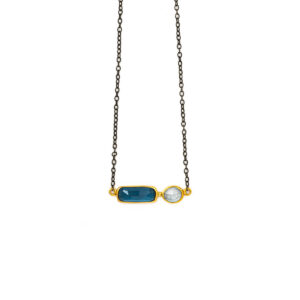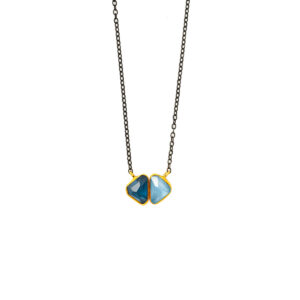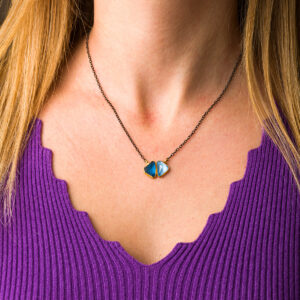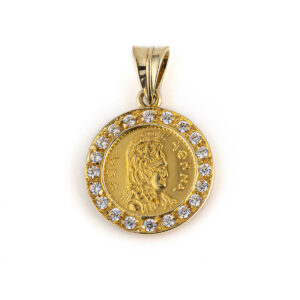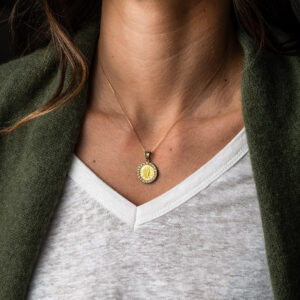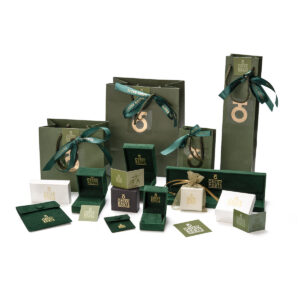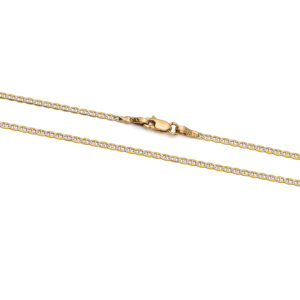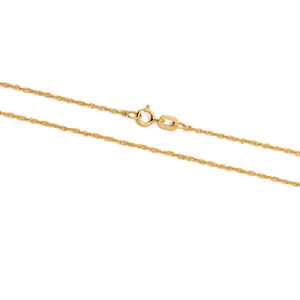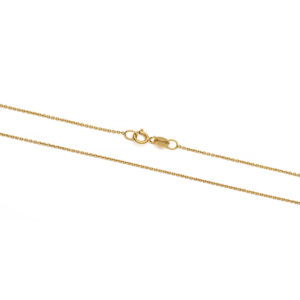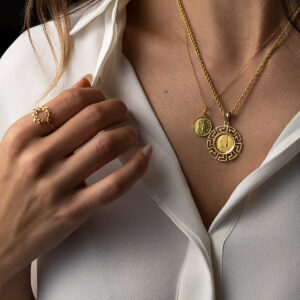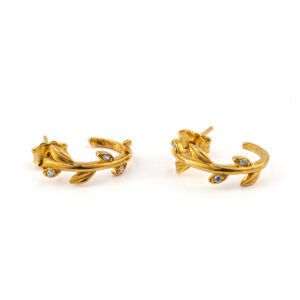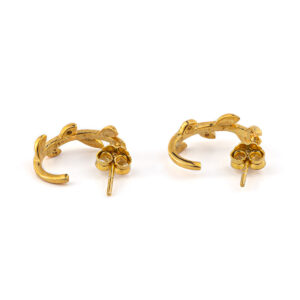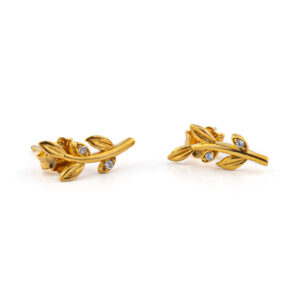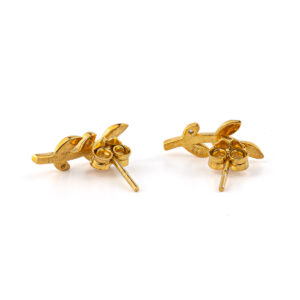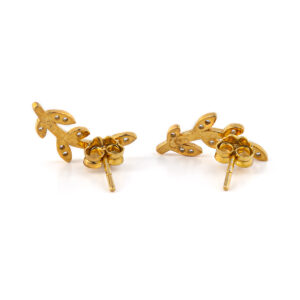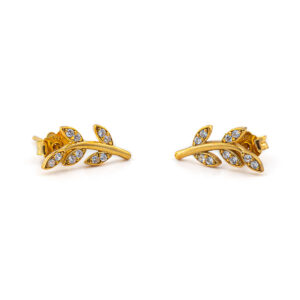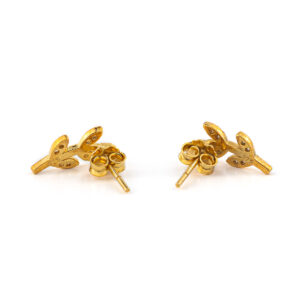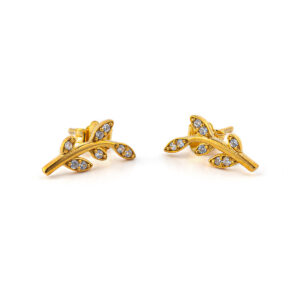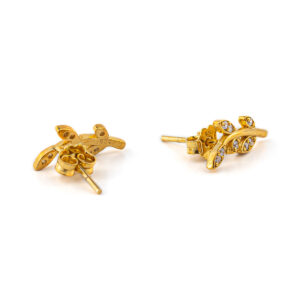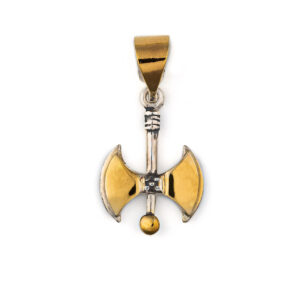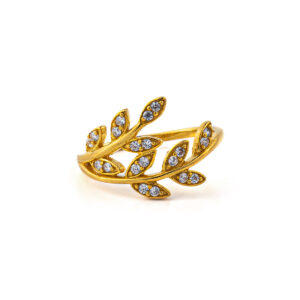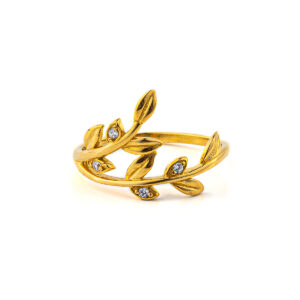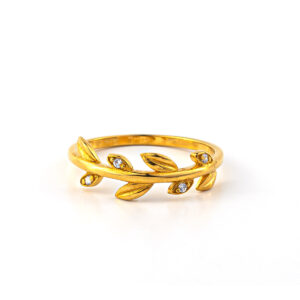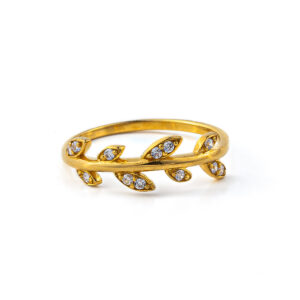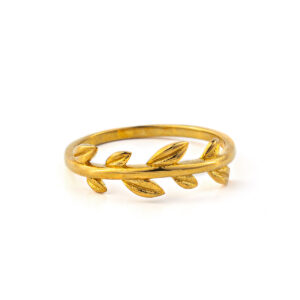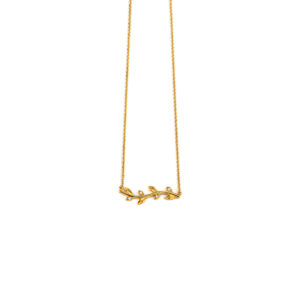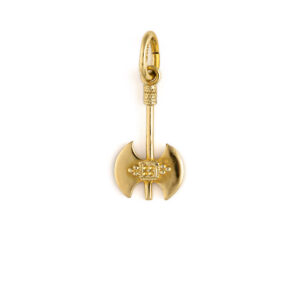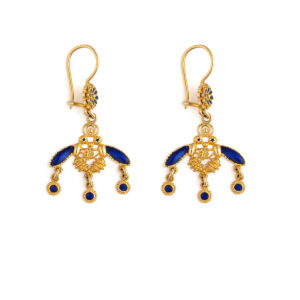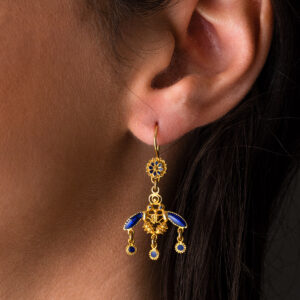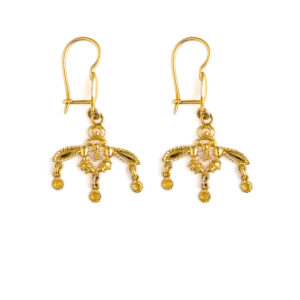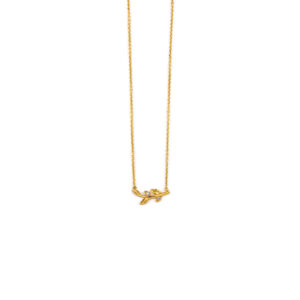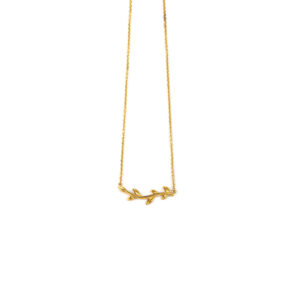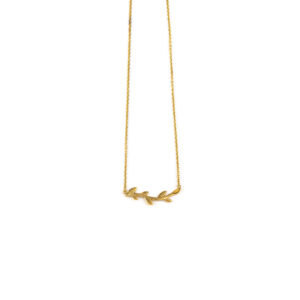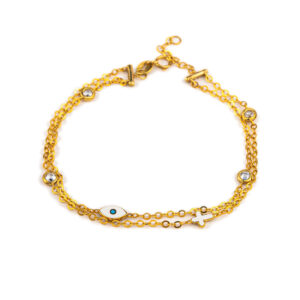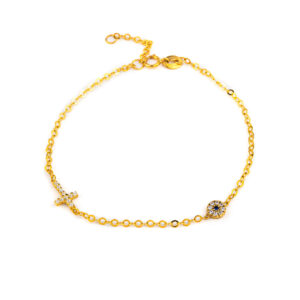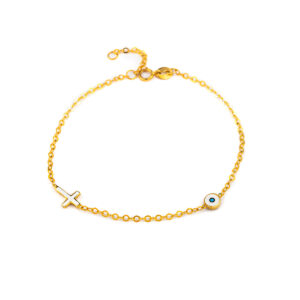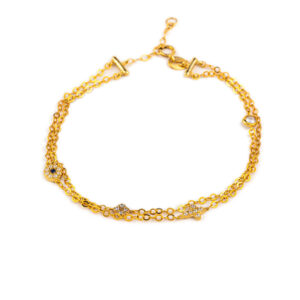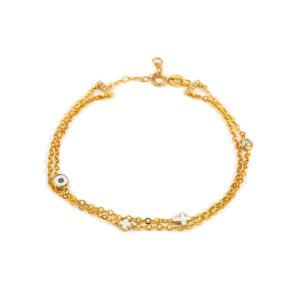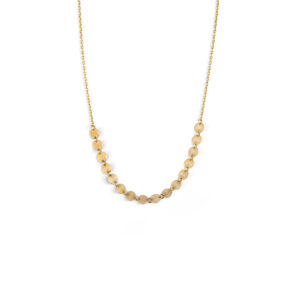“Drop Necklace – 14K Yellow Gold” has been added to your cart. View cart
Showing 289–336 of 567 resultsSorted by latest
Sort by
Material
- leather (58)
- rose gold plated (11)
- 14k gold and sterling silver (119)
- 18k gold and sterling silver (52)
- 18k gold plating (36)
- 935 silver (923)
- 9k gold and sterling silver (1)
- Carbon polymide pa12 (8)
- stainless steel (2)
- sterling silver 925 (2336)
- sterling silver and gold plated (5)
- enamel (141)
- gold plated (1112)
- brass (1)
- bronze (65)
- wood (21)
Design
- Constantinato (19)
- Bouzouki (2)
- Egg (14)
- Greek Temples (3)
- Minoan (9)
- Snake (5)
- Spartan (4)
- Tsarouchi (1)
- Wisdom Owl (9)
Coin
- Alexander the Great (4)
- Goddess Athena (18)
- Pegasus (2)
Stone
- amazonite (3)
- aquamarine (9)
- blue topaz (3)
- crystals (1)
- diamond (3)
- emerald (19)
- fildisi (5)
- lapis lazuli (1)
- london blue topaz (1)
- mother of pearl (5)
- multi stone (3)
- opal (5)
- pearl (9)
- peridot (2)
- rose quartz (2)
- ruby (21)
- sapphire (24)
- swarovski (1)
- topaz (2)
- tourmaline (1)
- turquoise (10)
- zircon (127)





